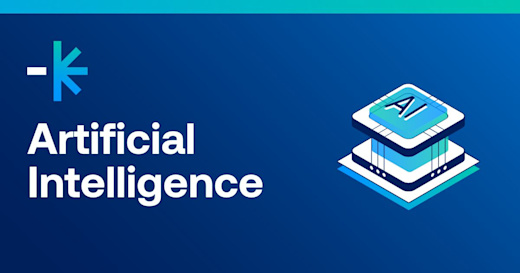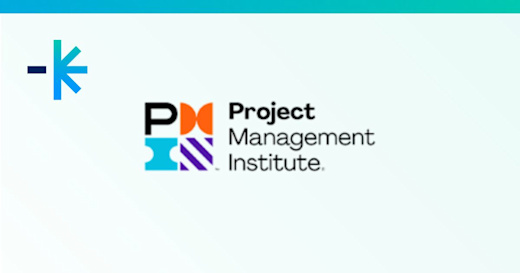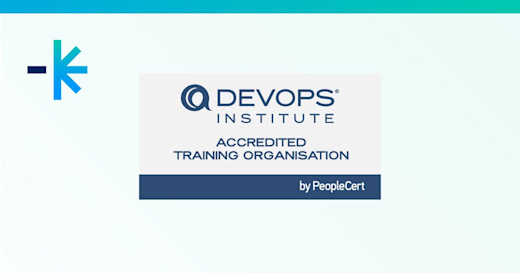A triple-lens view from ICT experts across technology, project management and cybersecurity
In 2019, anyone predicting IT trends in 2020 probably didn’t factor in the Black Swan scenario that is COVID-19.
It’s no secret that the large-scale transition to remote working has sent ripples through every area of ICT. The reality is, this abrupt move has impacted every business, person and household.
For many organisations, this new way of working is not merely temporary — this is a new era, whereby organisations rely on IT technologies for their core business operations more than ever before.
Perhaps the most significant change is the rise of the ‘edge’. The entry point into enterprise computing is no longer the perfectly manicured company device with two-factor authentication, Bitlocked disks and VPN loaded networks. For some organisations, the edge is a domestic router, a substandard internet connection and an unsecured personal computer that has been nowhere near a group policy or corporate IT department.
Factoring in this immense change, here are the top ICT trends in the critical areas of technology, cybersecurity and project management.
Meet the ‘locationless’ organisation
As remote working increases, the connection between enterprise and location weakens. Taken to the extreme, that link ceases to exist: an organisation becomes totally digital with no location that can be identified as a ‘facility’.
According to a Gartner survey, some 88% of Australian organisations adopted remote working during COVID-19, and many were forced to make significant technological investments to facilitate this transition.
With employers and employees alike becoming accustomed to remote working and realising its benefits, many organisations are expected to grow increasingly ‘locationless’ in 2021.
The cloud is not only accelerating, but spreading
Distributed cloud will become more prominent this year, defined as ‘A type of cloud that has geographically dispersed infrastructure that primarily runs services at the network edge.’
One of the big drivers for distributed cloud/edge computing is lower latency. Latency has been one of the most significant barriers for moving some workloads to the cloud. This is particularly the case for IoT applications that provide real-time monitoring and control of industrial processes.
Many IoT monitoring applications produce masses of data, most of which is redundant. Putting processing power at the edge to filter out this data is much more efficient than transferring it to a distant remote cloud service.
Internet of Behaviours
One of the most interesting and potentially controversial tech trends that will increasingly come to the fore is the ‘Internet of Behaviours’ (IoB).
IoB involves gathering information about people’s behaviour using technology, and then using technology to influence their behaviour. Gartner predicts that by year-end 2025, over half of the world’s population will be subject to at least one IoB program, whether it be commercial or governmental.
IoB can be exploited to benefit or control an individual. Expect much-heated debate over its implementation.
Increased demand for certification
With remote working well and truly the new norm, certification just got more important. With so many IT professionals now accessing cloud infrastructure remotely, organisations are more likely to seek out employees with qualifications in the relevant AWS, Azure or GCP cloud service.
Alongside the accelerated adoption of cloud services, the need for reliable IT service management (ITSM) has never been stronger. Organisations have always been obliged to provide employees with a reliable IT service, but this is now taking place in a highly uncontrolled environment. As a result, there has been an increase in the uptake of ITSM related certifications.
Cybersecurity will be front of mind
Unbelievably, many organisations still see cybersecurity breaches as something that won’t happen to them. For some, minor breaches will teach them a lesson that they will fix with cybersecurity training. For others, there may be no recovery. 2020 saw some household names held to ransom.
With more employees accessing resources from remote locations using devices that they have neither the skills nor the tools to manage, we can expect more attacks directed at the network edge.
Increased investment in securing the cloud
Certifications in cloud security specifically will become one of the most sought after in 2021. Many businesses have had to move to the cloud this year to enable remote working, and cloud adoption will only continue to grow in 2021 as organisations discover the benefits of on-demand services and scalable options to drive business digital transformation while also being more cost-efficient.
However, the greater use of cloud services will also lead to more security breaches due to misconfigurations and setups, poor security practices and a general lack of skilled cloud security professionals.
This will be especially evident with those organisations that rushed to implement cloud services at the start of COVID, without factoring in all the necessary security considerations. As a result, many businesses will invest heavily in cloud security training for specific employees within their teams throughout 2021.
Cyber-awareness training from the bottom-up
As ransomware attacks continue to grow in prevalence, organisations and individuals alike will need to improve their understanding of online threats, and become more cyber-resilient, regardless of whether they work in admin or a technical role.
In 2021, it is expected that many more organisations will take a bottom-up approach to cyber-awareness and cyber-resilience training, mandating this for all staff as part of overall staff health and safety training, rather than just the IT teams.
Increased focus on governance and project management
In 2021, organisations will start to get more comfortable with the new conditions brought on by remote working. There will likely be many implement governance and guidelines on remote working to ensure they are getting the most out of their workers and enabling continual improvement.
The pandemic has forced many organisations to bring projects forward, change or rescope plans, and introduce a significant change to workplace practices.
Underpinning all of these changes is the need for quality project management. Because of this, DDLS expects to see an upsurge in demand for related project management training and accreditations.
2021 and beyond
In what has been a very tumultuous year, Australian organisations have risen to the challenges presented by COVID-19. Whether it was the abrupt transition to remote working and new ways of managing teams, or the heightened need for security, technology has empowered organisations to achieve their goals in any environment and will continue to do so in 2021.
References: https://itbrief.com.au/story/ict-trends-what-to-expect-in-2021






